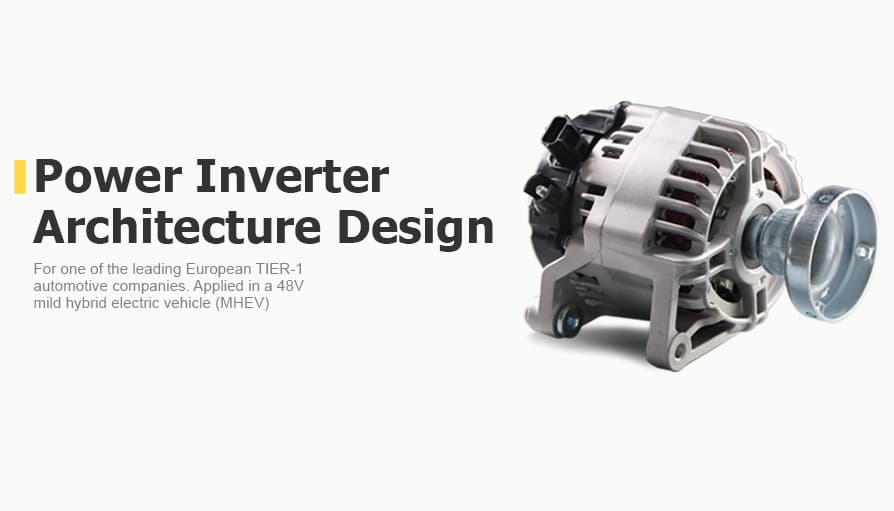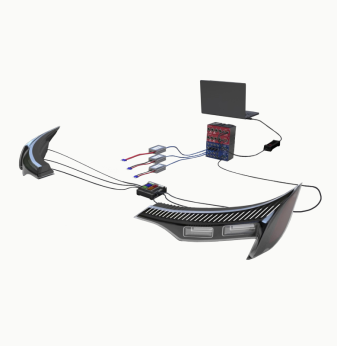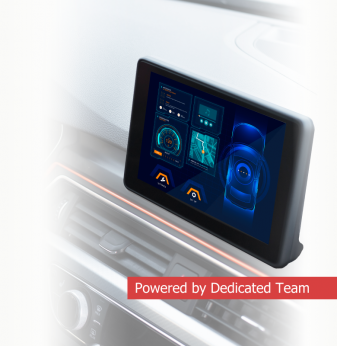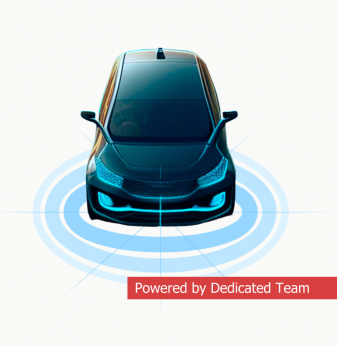Power Inverter Architecture Design
Client
One of the leading European TIER-1 automotive companies.
Challenge
The customer turned to us to develop the power inverter architecture for a 48V mild hybrid electric vehicle (MHEV) application. We were able to analyse the electric machine specification and propose the power stage architecture, including power loss calculation and simulation of the performance during different driving profiles.
Solution
1. Architecture definition
We analysed various patents and ready-made design solutions on our customer’s side to choose and document the power inverter architecture. As a result, the PLECS inverter model was based on that architecture.
2. Components selection
Further, we analysed the element base for our selected architecture, taking into account the components available on the market and the latest components that did not enter the market yet (we obtained this information from our partners, the global technology vendors).
3. PLECS simulation
In the next stage, our engineers designed the PLECS models based on the selected components. Using created models, we calculated the heat dissipation of the power unit during operation under different loads. The load profiles were obtained from the motor specification and simulated in PLECS.
4. Simulink simulation
Having the heat dissipation values, we prepared a preliminary Simulink model to simulate a liquid cooling system. The coolling chamber surface area and coolant flow speed were taken into account. This way, we estimated the temperature rise of the power stage with decent precision.
5. All driving profiles analysis and BOM optimisation
Using our PLECS + Simulink model, we simulated the provided driving profiles with various power modules and numbers of the DC-Link capacitors. Based on the temperature rise results, we optimized the number of components needed in parallel to handle the 16kW load of the electric machine. As a result, the optimal over-temperature stress was ensured for our power modules.
Also, the number of DC-Link capacitors was optimised not only for the required temperatures but also for the simulated ripple current values.
Business Value
Our client received a preliminary list of components and architecture of the power inverter.
The main advantages of the project:
- Tight cooperation with a technical advisor from the client side.
- Precise cooling system modelling with Simulink + PLECS model.
- Working with the newest components acquired directly from manufacturers.






































